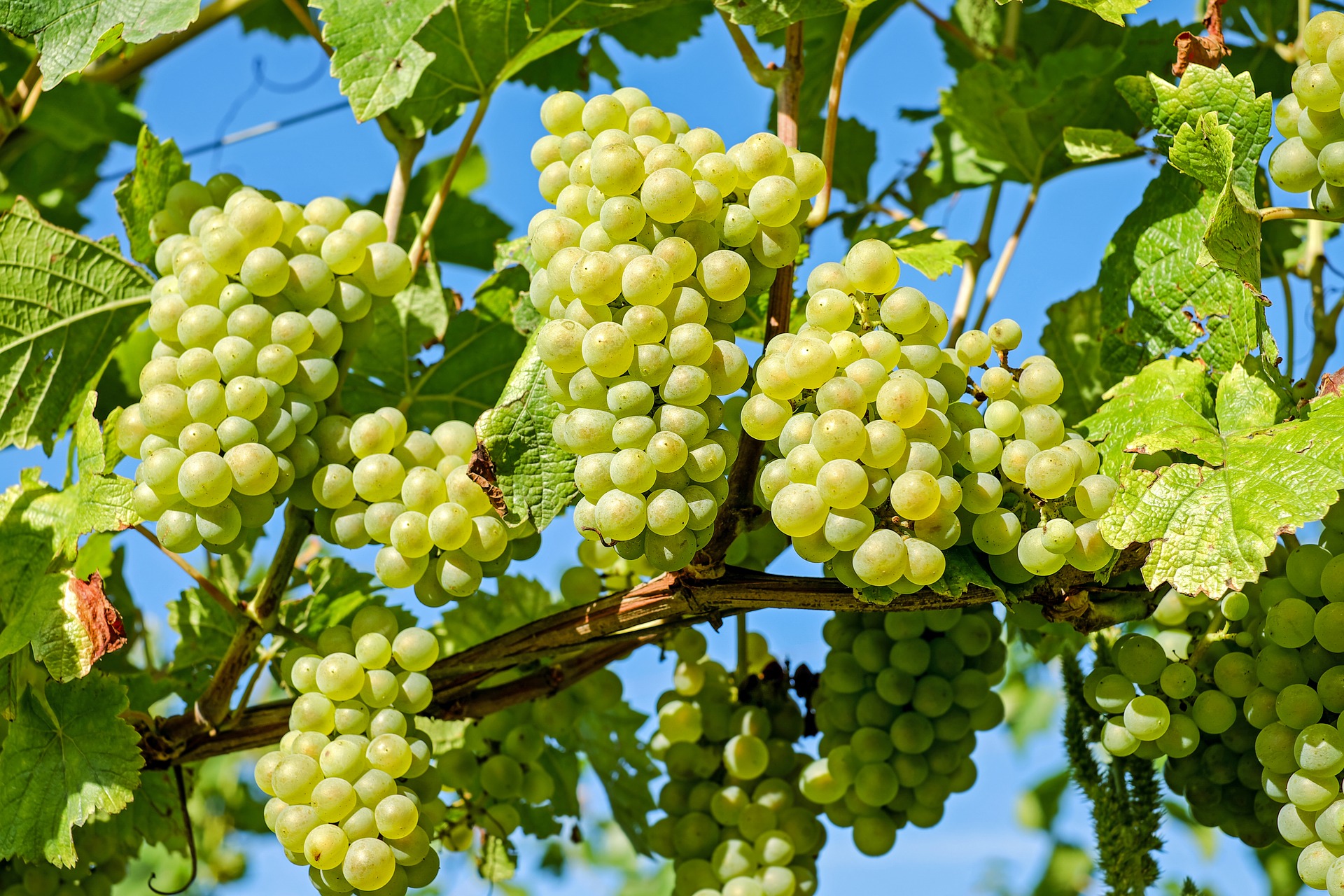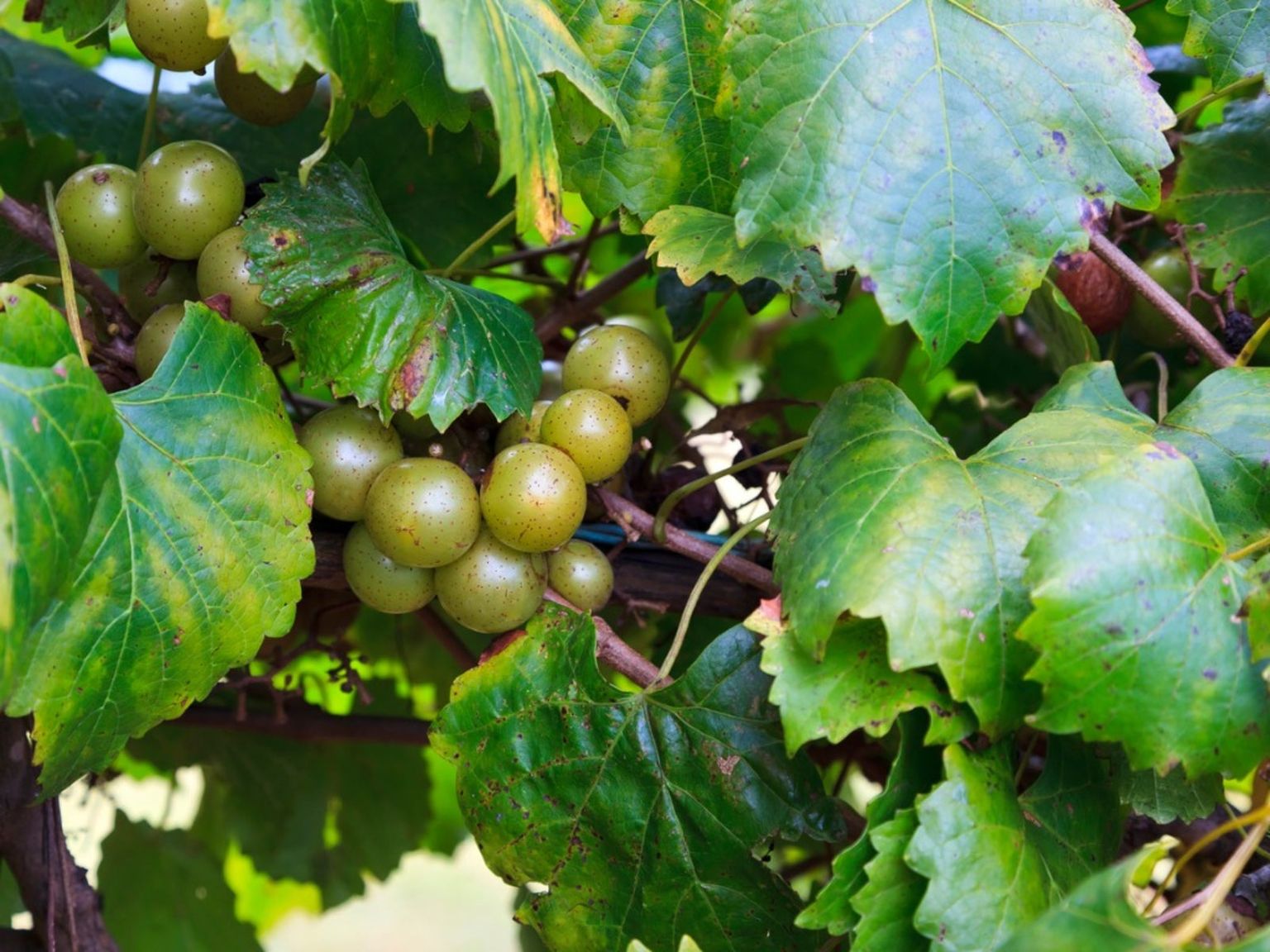
Which leads us to Brix - and how grape sugar content is measured.īrix, determined at harvest time, is a measure of soluble solids content in grapes, mostly as sucrose, determined by the use of a refractometer, a hand-held instrument that measures dissolved sugar in a small juice sample in the field. “Total sugar content of fully-ripened grapes is dependent on viticultural practices and environmental conditions which can make sugar content at maturity range from 12% to 28%.” The availability of grape sugar, accumulated in the grape after veraison, provides the building blocks for alcoholic fermentation.

“As berries are developing,” according to the Calwineries explanation: “Sucrose (a glucose and fructose molecule bonded together) is transported into the grape to be metabolized. Or as Grant writes: “Normally, a portion of the sugars produced each growing season is stored in woody vine tissues to support next seasons growth and sometimes these reserves contribute to accumulating berry sugars during fruit maturation.” Sugars are transported from the vine into the grape to make sure the seed has enough energy to live.”

who note: “Grape seeds contain the vines genetic material and its reproductive success is dependent on the survival of the seeds. Grape sugar development is an important phase in the reproductive lifecycle of the vine, according to Calwineries Inc. Writing for Lodi Wine Growers, viticulturist Stan Grant puts it this way: “Soluble solids, i.e., sugars, are the principle criteria for scheduling harvest because fructose and glucose are at their most plentiful.” Grape growers have a slightly different definition of that same achievement apex and that is - when Brix hits its optimum, it signifies the height of harvest time. In northern California wine country, as this 2015 article from the Sonoma Press Democrat describes, some wineries use it to make cookies, flour and culinary oils.The Cambridge English Dictionary defines ‘sweet spot’ as “the situation or combination of things that is the best or most effective possible.” Pomace has been used as an ingredient in bread, cereal, pasta, cheese, ice cream and even has been added to meat and seafood. Pomace also traditionally has been recycled as fertilizer or animal feed, but scientists are increasingly interested in studying ways of extracting useful components of grape marc for applications such as fuel alcohol production and biofuel energy production, and for the production of biosurfactants, which are used in environmental cleanups.įood scientists have also realized that pomace contains a lot of healthy stuff - antioxidants, fiber and chemicals that help moderate blood sugar and create a feeling of fullness, to name a few - that can be used to make other foods healthier. (Here's an article from Life in Italy about the history of that drink.)

Pomace from white wine can be distilled to make grappa, a traditional Italian brandy. One way to get rid of all that pomace is to use it to make other types of alcoholic beverages. But fermented pomace still contains a whole lot of different components, including cellulose, tartaric acid, trace amounts of other organic acids, sugars, tannins, plant pigments and some aromatic chemicals. With red wine, in which the grapes are fermented along with the juice before being pressed, there's less sugar and not as much of the tannins that give wine its bitter taste. With white wine, for example, the juice is removed prior to fermentation, so the pomace is rich in sugar, nitrogen and amino acids.

As this 2005 article from Wine Maker magazine notes, the exact composition of pomace depends upon what sort of wine has been made and at what point the liquid was extracted.


 0 kommentar(er)
0 kommentar(er)
